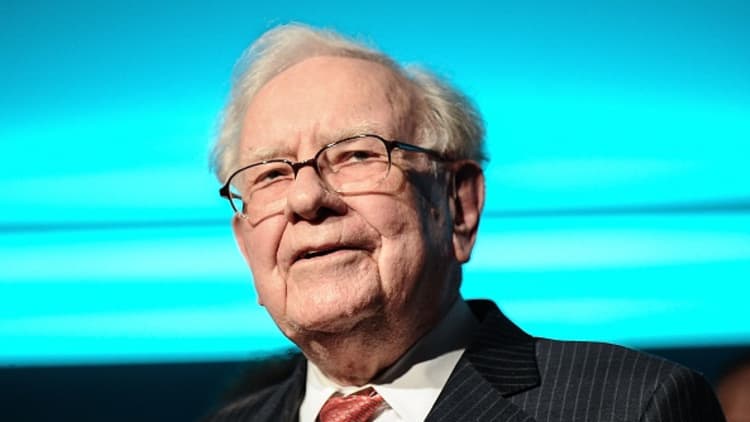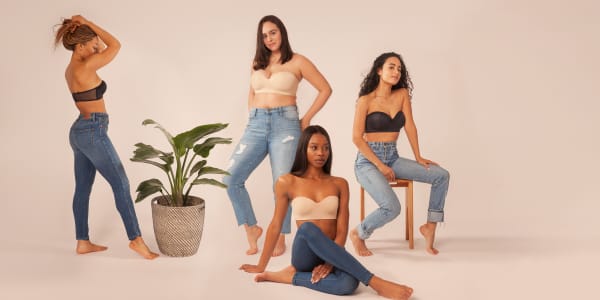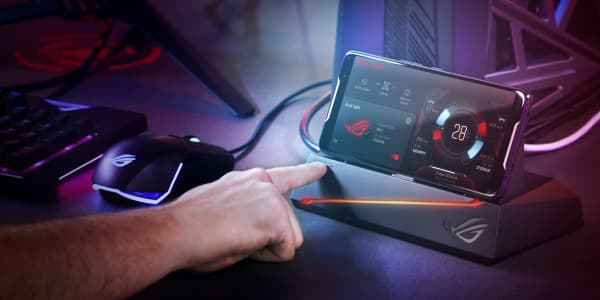When it was first released in April 2015, the Apple Watch immediately became the most in-demand tech item of the season, dominating 75 percent of the smart watch market within its first quarter of sales. With Apple's cult following and an array of applications not offered by more traditional fitness trackers, like FitBit and Pebble, the watch has gradually been able to corner the wearables market in the past three years. Apple became the biggest shipper of wearables in 2017, owning 21 percent of the market share, according to a March IDC report.
Apple's big secret in its steady domination? A boost from designer fashion.
"The strategy was to really try to separate the watch from just another fitness tracker," said Maribel Lopez, Apple analyst and founder of Lopez Research. "They easily could have wanted what I call the 'tech chic' market, but that wasn't a broad enough market."

Instead, in 2015 Apple began partnering with designers like Hermès to allow them to capture a broader market of luxury consumers interested in the appeal of heritage fashion brands. Since then, designers including Coach, Kate Spade and Nike have all designed bands for the watch.
The Apple Watch Hermès can run up to nearly $1400, roughly three times the cost of the most basic Apple Watch. The partnerships have allowed Apple not just to claim more physical retail space but expand to a new market of fashion-savvy consumers who might not buy into Apple as a luxury fashion product on its own.
"I think some of those collaborations have been good for both brands, because it elevates some of these long-term heritage brands to a new level of technological synergy that can help them get younger customers," said Roseanne Morrison, fashion director at The Doneger Group.
Apple also took a more straightforward approach at capturing the luxury market when it released a limited-edition 18-karat gold watch that set consumers back more than $10,000, a price point that rivaled that of a Rolex. The watch was discontinued in 2016, with the company moving to solely ceramic casing.
But with the advent of the smart watch, technological capability is starting to overtake craftsmanship in terms of what buyers are looking for, said Ella Hudson, senior editor of footwear and accessories at WGSN. She said the fall of exports of quartz watches is a sign that consumers are looking past traditional luxury watches, and smart watches are capturing a greater portion of the market.
"That's what makes Apple's collaboration with Hermès so interesting," she wrote in an email to CNBC. "The two are experts in their own distinct yet complimentary fields, thereby offering the consumer the best of both technological and traditional craftsmanship.
A representative from Hermès declined to speak on the record about the company's partnership with Apple.
"I think what Apple brought to the table was the idea of partnering with luxury brands that would appeal to both [tech and fashion] audiences," said Lopez. "Having said that, I think everyone else looked at that and said I don't want to be in the low-cost market."
Other tech companies have followed Apple's lead in trying to use fashion to sell wearables. FitBit has partnered with designers like Vera Wang and Tory Burch to make their watches more appealing. Google's Wear OS can be found on watches designed by brands like Kate Spade, Michael Kors and Emporio Armani.
Compared to a collaboration like Kate Spade's new touchscreen watch, which runs on Android, a fashion house's influence on the Apple Watch can seem almost inconsequential. For designers interested in the Watch beyond its band, Apple doesn't leave much room to play. Its consistent in-house design standards have minimized the waves the company has been able to make in the fashion world, argued Doneger's Morrison.
"You don't hear about it, you don't read about it," said Morrison. "It's not something that's influential in how people are buying."
So what's next for the Apple Watch?
Despite its foray into luxury fashion, the design of the Apple Watch itself has changed very little since its introduction in 2015. The Apple Watch Series 3, the most recent model, introduced a slightly slimmer frame and a red dot on the crown button. The Apple Watch Series 4 is rumored to be released in September. As with any Apple product, it's hard to speculate where the design might go. But trusted KGI Securities analyst Ming-Chi Kuo has speculated to investors that the Series 4 will have a screen up to 15 percent larger and could be adding new health sensors.
Lopez echoed the sentiment that doubling down on health features would allow the company to expand the products reach and partner more with health-care companies and insurers. While its fashion partnerships may have helped the device break out of the "tech chic" market, tapping into other use cases will help Apple expand its share of a market that's projected to reach $32.9 billion globally by 2020, according to Allied Market Research.
Focusing the watch back on its health tracker would make sense, given the recent flight of social media and shopping apps from the platforms. The company's collaboration with Nike might be the best example of the watch's ability to bring both fashion and fitness-forward technology to customers. The Apple Watch Nike+ has a run tracker designed into the watch's interface, making it feel like a "running partner," said Sandra Carreon-John, global corporate communications director at Nike.
"Nike and Apple have enjoyed a long partnership with the common goal of innovating to serve athletes," said Carreon-John. She was unable to comment on any upcoming collaborations.
But focusing on fitness features, such as heart-rate tracking, could also make it more difficult to continue to play with the band's design. If the long game for Apple is to get a watch on everyone's wrist, however, the company will have to continue to expand its focus past haute couture.
"I think we still have a long way to go before everyone is wearing a smart watch," said Lopez, who owns an Apple Watch herself. "There are a lot of directions Apple could go that aren't necessarily fashion."
— By Tonya Riley, special to CNBC.com





